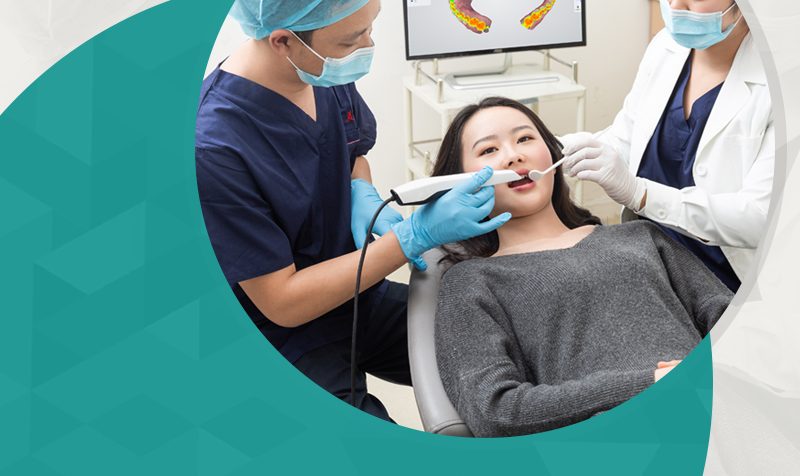A digital impression system captures the intraoral images of a patient’s buccal cavity and gingival tissues to create an automated 3D digital model. Such high-tech systems are gaining popularity thanks to their ability to simplify the scanning process, reduce procedure time, increase accuracy, and enable quick communication and integration with laboratories. Digital impressions help to remove any patient discomfort arising out of using the alginate impression materials. Moreover, the 3D models are fairly detailed and accurate besides being safe and non-invasive. As a dentist, if you are not using such a system then it is high time you added it to the value chain in your dental clinic. Consequently, you can ensure outcomes such as patient comfort, reduced clinical errors, and minimal waiting time at the clinic.

A traditional dental impression happens to be a negative watermark of hard (teeth) and soft (mucosa and gingival) tissues in the mouth. It is used to create a positive cast or model by placing an impression material in a tray wherein the cast or model is designed to fit into the dental arches. It is usually in a semi-solid state when placed in the mouth but gets transformed into an elastic solid material replicating a patient’s dentition and structures of the oral cavity. However, on the other hand, digital impressions do not require any physical impression material and can be sent directly to the laboratory for restorative purposes.
Types of digital impressions
There are mainly two types of digital impression systems or scanners in the market.
Optical scanners using blue LED that rest on a reflective surface and need a contrasting medium or powder to create a representation of the morphology of the teeth.
Systems using laser technology to scan the dental and gum tissues inside the mouth. Such systems do not use any powder before taking a scan.
Benefits of using a digital impression system
A digital scanner brings a host of advantages to both the patients and dental practitioners as mentioned below:
Creates better quality impressions that perfectly fits into the dental arches or cavities
Reduces chair time for the patient
Eliminates the need to hold unpleasant impression materials inside the mouth, which may cause gag issues
The patients feel more comfortable while going through the procedure
Reduces or eliminates possible errors while taking dental impressions
Engages patients in the treatment process as they view the scans on the chair side monitor from their seats
Digital impressions can be stored electronically for any period of time saving space and creating a paper-free environment
Eliminating the use of impression materials and disposable trays, which largely end up in landfills causing pollution
Most of the digital scanning equipment depends on a point and click capture. Here, images are put together to form a final digital impression. However, with advanced scanners, three-dimensional video images of the buccal cavity are captured in real-time and displayed on a monitor. Here, there is no need to piece together images as the video captures the final digital impressions. Importantly, the dentist can review such images by magnifying them and in the process identify any possible errors. Any such errors can then be easily remedied onscreen before transmitting the correct images to the laboratory.
Conclusion
As dentistry enters the digital age digital impression systems are increasingly being adopted by dental clinics for better diagnosis and treatment. The initial investments notwithstanding, the benefits accrued in the short and long term by a dental clinic cannot be overlooked.






